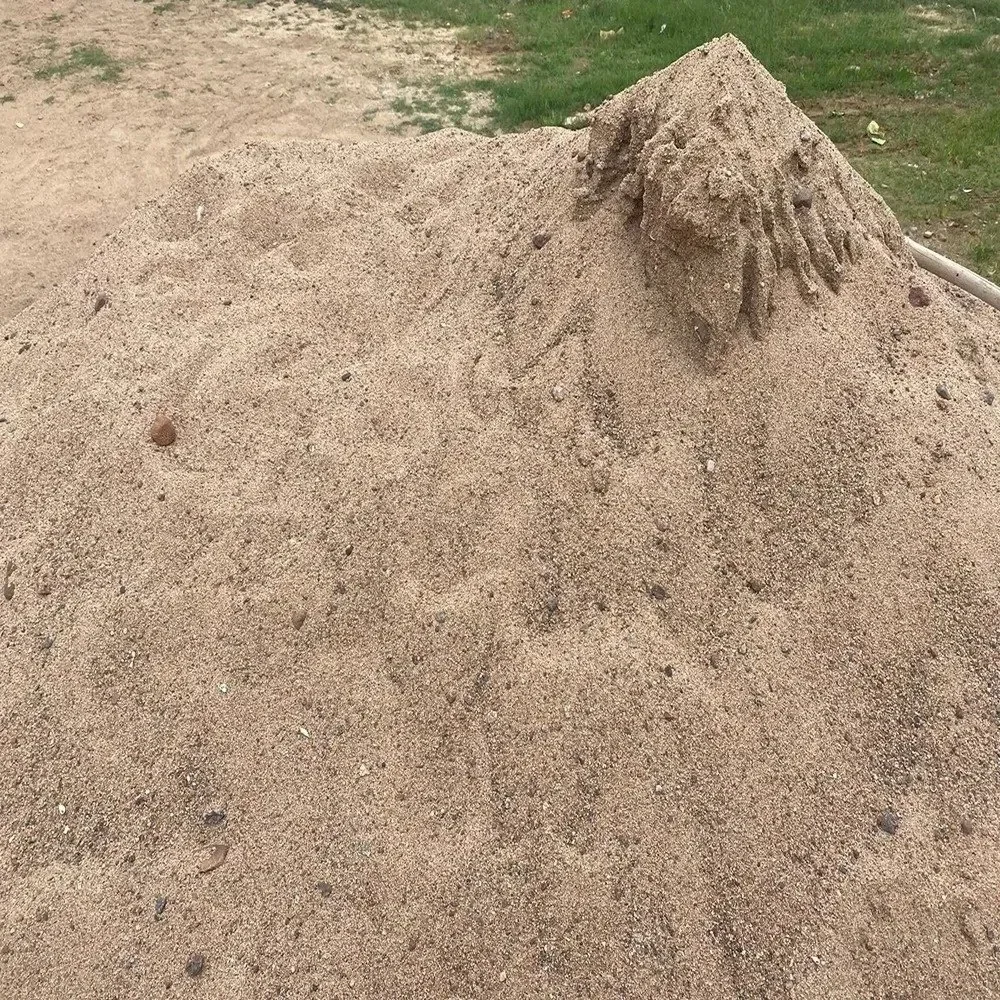Waterproofing materials in construction need to be durable and easy to work with. They must be resistant to chemical attack, and flexible enough to allow movement in the construction.
The waterproofing membranes made of polyurethane are flexible and work in both above and below grade applications. These membranes can be adhesive or nail-down and they are simple to work with.
Bituminous Membranes
These membranes are sold as self-adhesive membranes or bonded with a roofing mastic that is compatible with concrete. These membranes often contain the layer of felt that helps improve the strength and length of the roof deck. It also assists in decrease the pressure placed on membranes from lateral forces. When installing these membranes the proper preparation of the surface is crucial, as any defects will affect the performance that the system of waterproofing will provide.
The Bitumen Polymer membranes are renowned for their strength and resistance to strain as well as the ability to vaporize and are durable. The membranes are frequently employed in conjunction with protective course and insulation boards in order for a system that performs better than either material alone.
When installing these types of membranes it’s vital to check that all the ends of laps have been heat welded and properly sealed in order to prevent air gaps. The membranes should also be installed on substrates that are dry in order to prevent blistering. If blistering does happen it’s usually due to a moisture gradient between the top of the membrane and the concrete.

Liquid Waterproofing Membrane
These membranes are designed to protect buildings from bulk water intrusion above grade and infiltration below grade caused by hydrostatic pressure. It safeguards your building from costly damages, increases its value for resales and enhances the quality of life and security for its occupants.
The liquid waterproofing membranes are put on in liquid form, and then dried to form protection against elements. They’re available in several designs, including bituminous cementitious, and polyurethane systems.
The liquid products are flexible and will accommodate surface motions and little cracks. They’re additionally extremely tough and offer excellent resistance to weathering, UV radiation, and scratches. They are a good choice for wet rooms and showers, that can be difficult to waterproof using sheet membranes that need overlapping accessories.
Cementitious Waterproofing Solutions
These waterproofing products generally applied with a trowel either trowel or spray. They provide a protective layer for concrete structures. They’re resistant to extreme pressures from water, both negative and positive as well as protect against damage caused by mildew and mold. They can be utilized to below ground and above ground applications, and are ideal for use in the potable water system.
This form of waterproofing makes use of a cement-based polymer mixture to provide a durable, solid coat when it is fully dried. These materials for waterproofing can be applied to ceilings, walls, and retaining wall. The materials are resistant to heat, UV exposure and weathering.
The main advantage that this particular type of waterproofing is it’s very easy to use and affordable. Also, it’s extremely strong and resistant to scratches as well as chemicals gia cat san lap. It’s suitable for commercial and residential use. The material is easy to fix in the event that it becomes damaged and works well in bathroom environments that are wet, like.
Polyurethane Waterproofing
Polyurethane waterproofing membranes are a liquid-applied system that offers decisive advantages, particularly when seamless systems are needed in either aesthetic or structural purposes or for aesthetics. They are easy to apply and employed using a roller, or a trowel. They also have superior crack-bridging capabilities and exceptional yield strength.
They also have a high degree of flexibility that means they are able to adapt to structural changes and temperature fluctuations without cracking or breaking. Additionally, they help to keep their durability for a longer time. They’re also resistant the effects of abrasion and chemicals, making their waterproofing solutions long-lasting.
A waterproofing polyurethane coating can be put on top of hardwood or ceramic floor surfaces. These coatings can be used to stop dust accumulation, maintain brightness, and give a nice aesthetic appearance. The coatings can also be used in potable water tanks as they’re extremely resistant to corrosion and safe for use with drinking water. They can also be used to cover the wall waterproofing system. They come in various shades and thicknesses to meet the needs of various applications.

